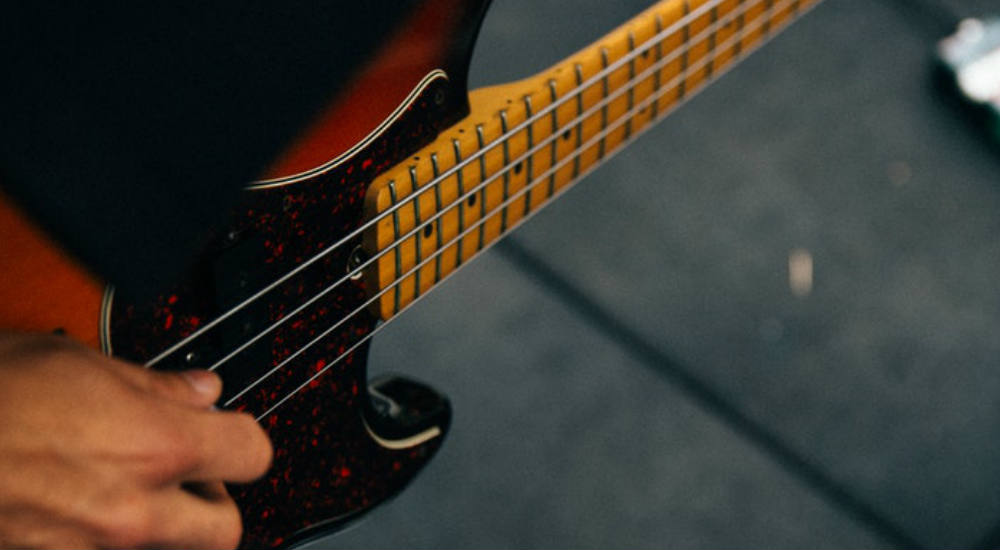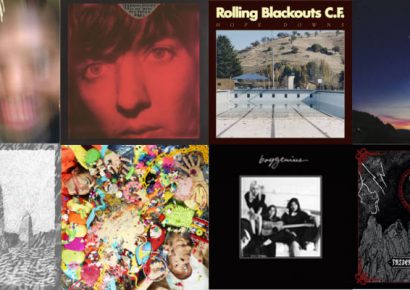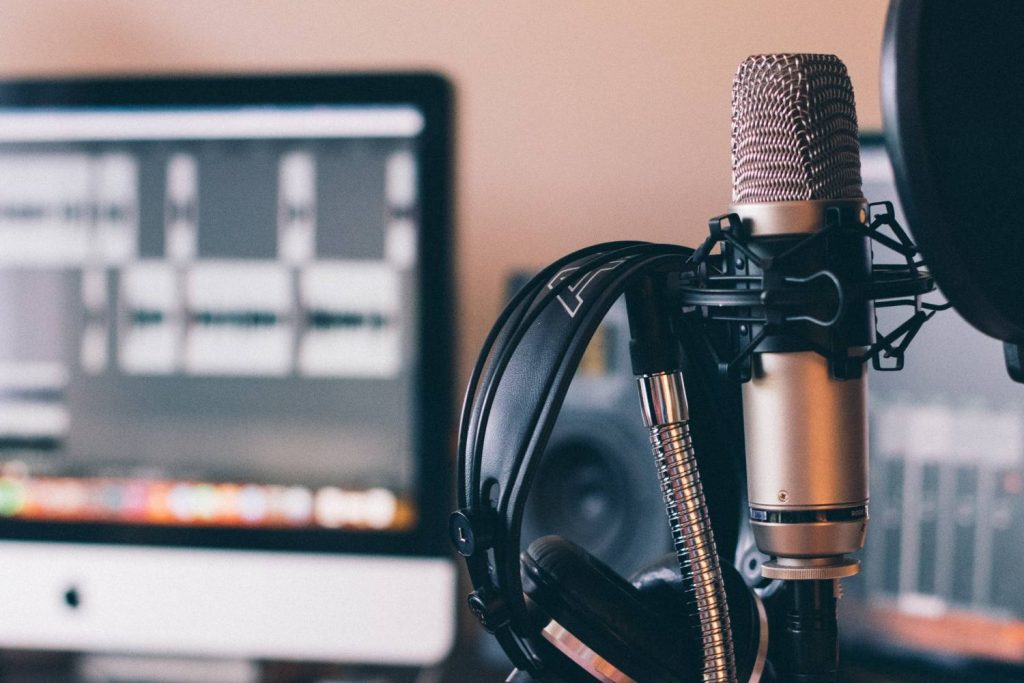Thinking of bands like Rage Against The Machine, Soundgarden, Muse or even Tame Impala or The Kooks, Figure A combines low and high notes to add some contrast to the overall sound of the riff. This could be played in unison with guitar or keys or played as a solitary bass line against a chordal vamp. The low E takes care of the punch and depth, while the D-E and D-F# up two octaves adds some emphasis and character.

For a busier line, Figure B could be played as a syncopated funk groove (think straight 16ths at a slower to medium tempo). Again, the low notes hold down the groove and state the general harmony, while the higher notes add some information and syncopation. These could be played in unison or accented with another instrument. Bar 1 has an A7 type sound and uses G-A and F#-G up the register to add some flavour, while Bar 2 has an E7 sound highlighted by the E7 chord (low E with a high D-G#). This higher voicing is approached from a half step below for character.

Often used in jazz, but compatible with any style, this method enables bass players to still hold it down or state the movement/harmony/chord progression when played up higher. Meanwhile, Figure C highlights the first four bars of a blues in G.

These are just some ideas to get you thinking. You can play whole lines, accent notes or chords or transpose sections up or down an octave. Try moving an existing line you have to see how it sounds higher or lower. Sometimes playing high in the verse then adds emphasis when you drop down the octave (or two) for the chorus or vice versa. Be careful though as too much jumping around can get a bit disjointed. Be sure to use your ear at all times to check what sounds right.
Image via Glen Jackson.







